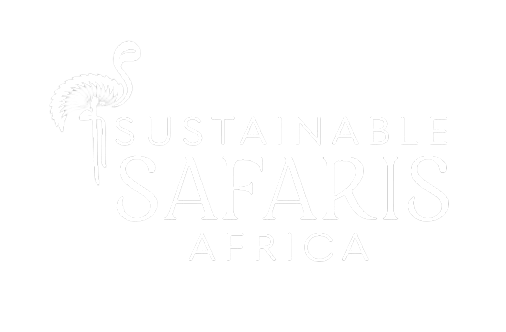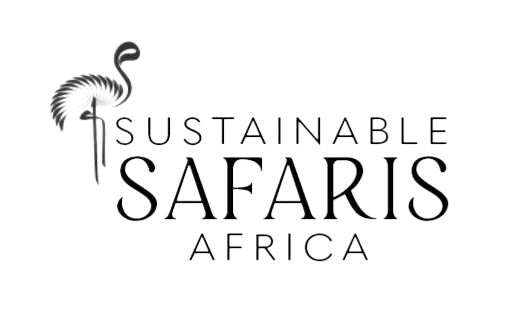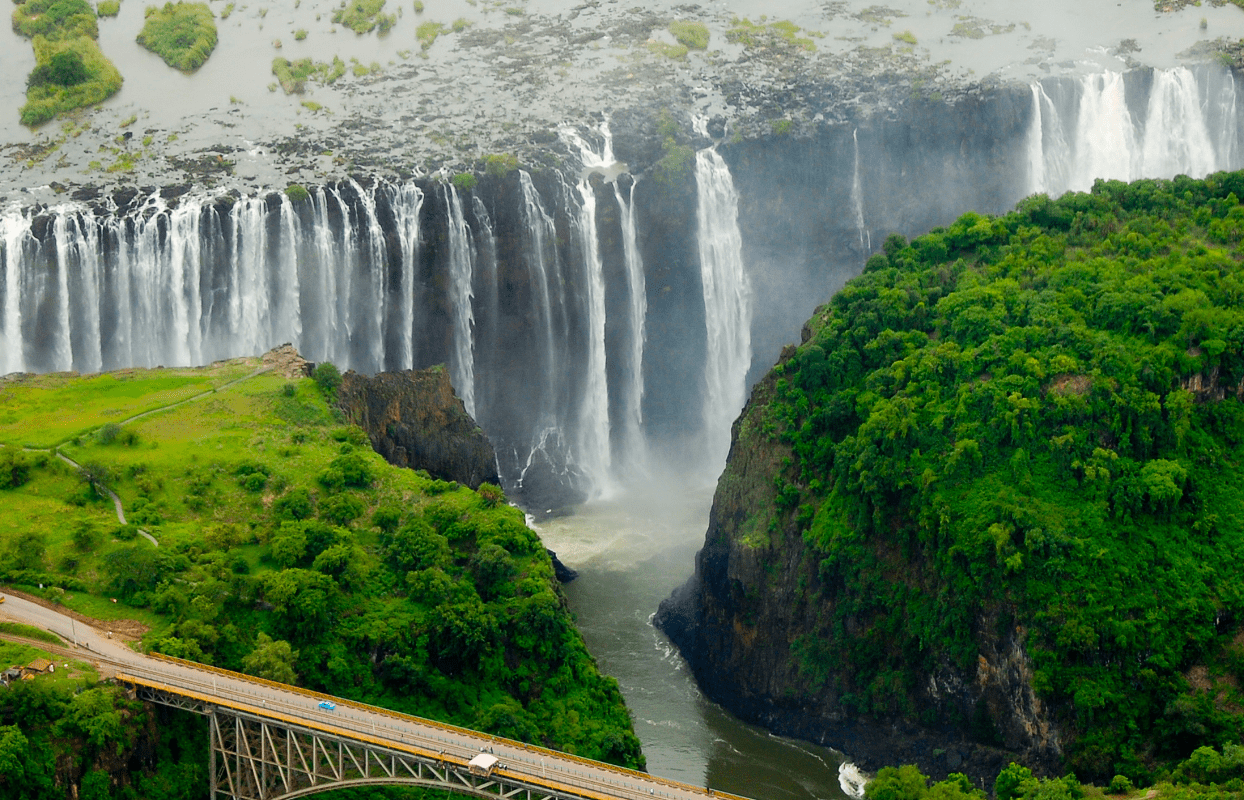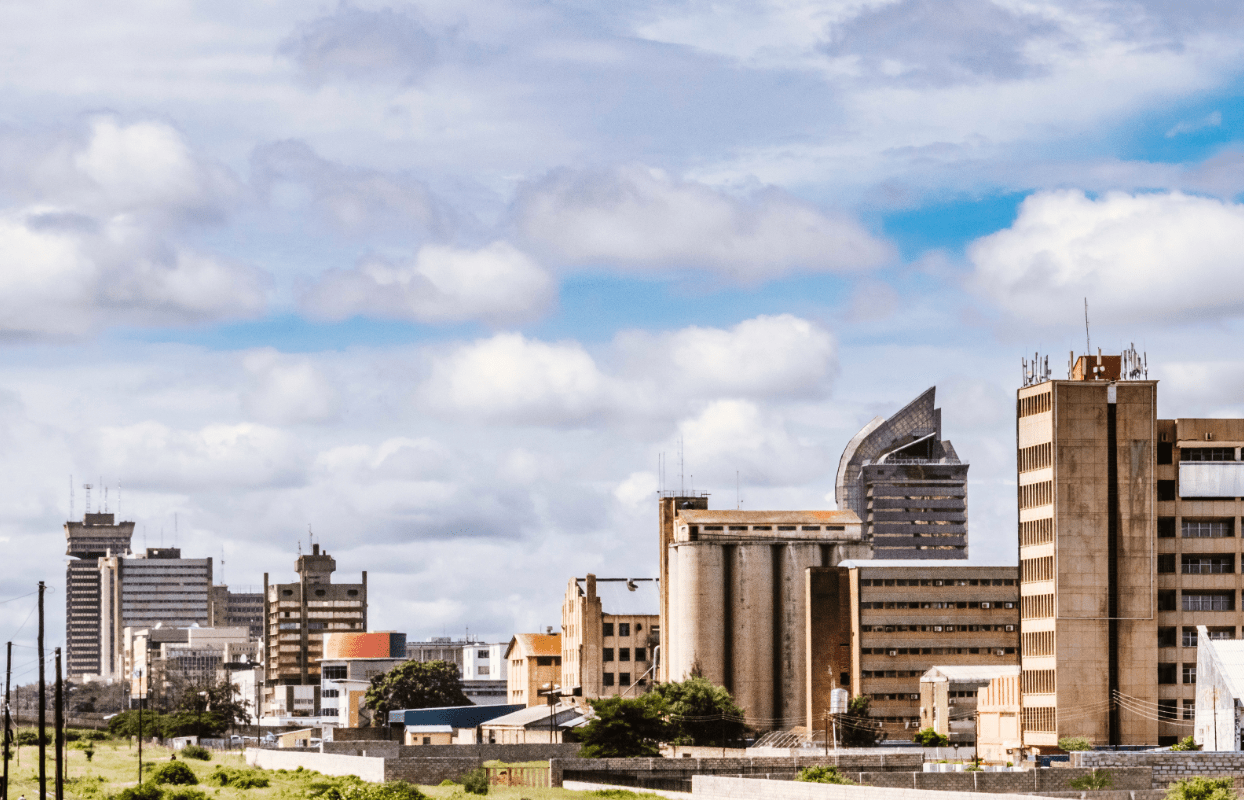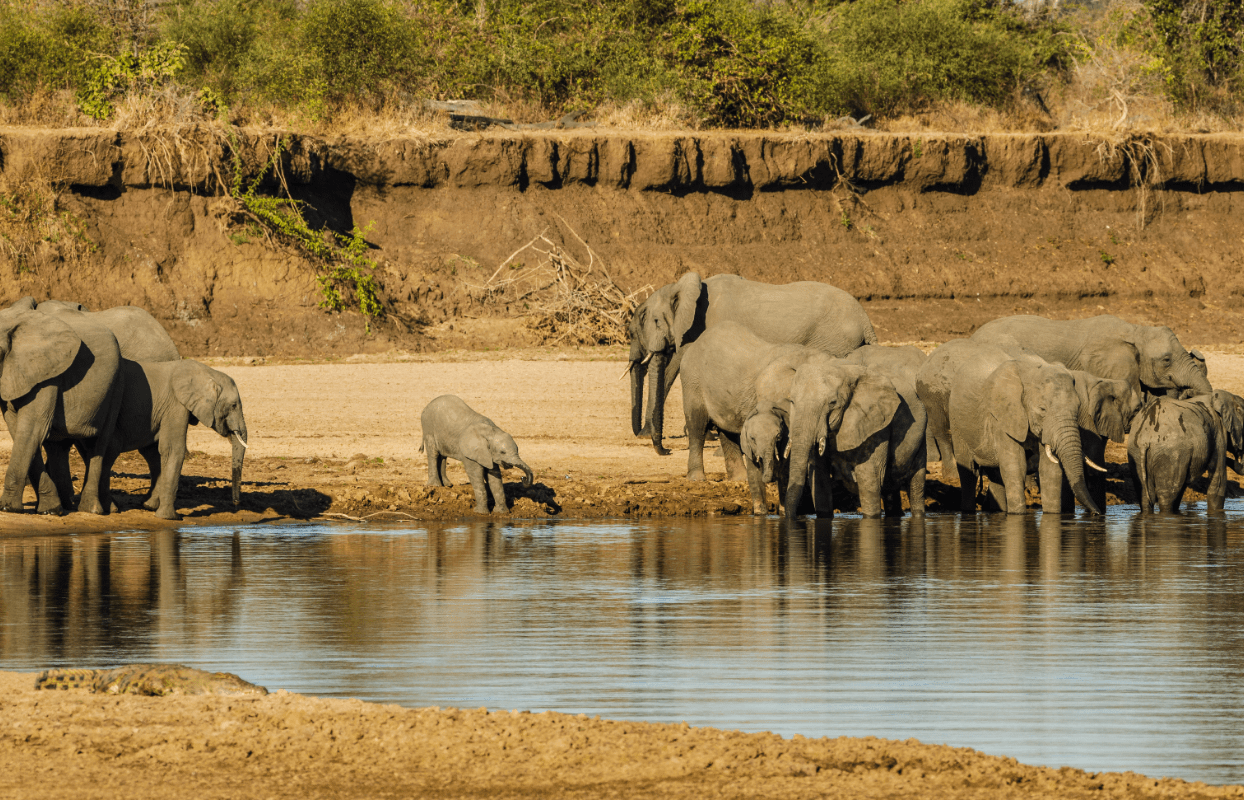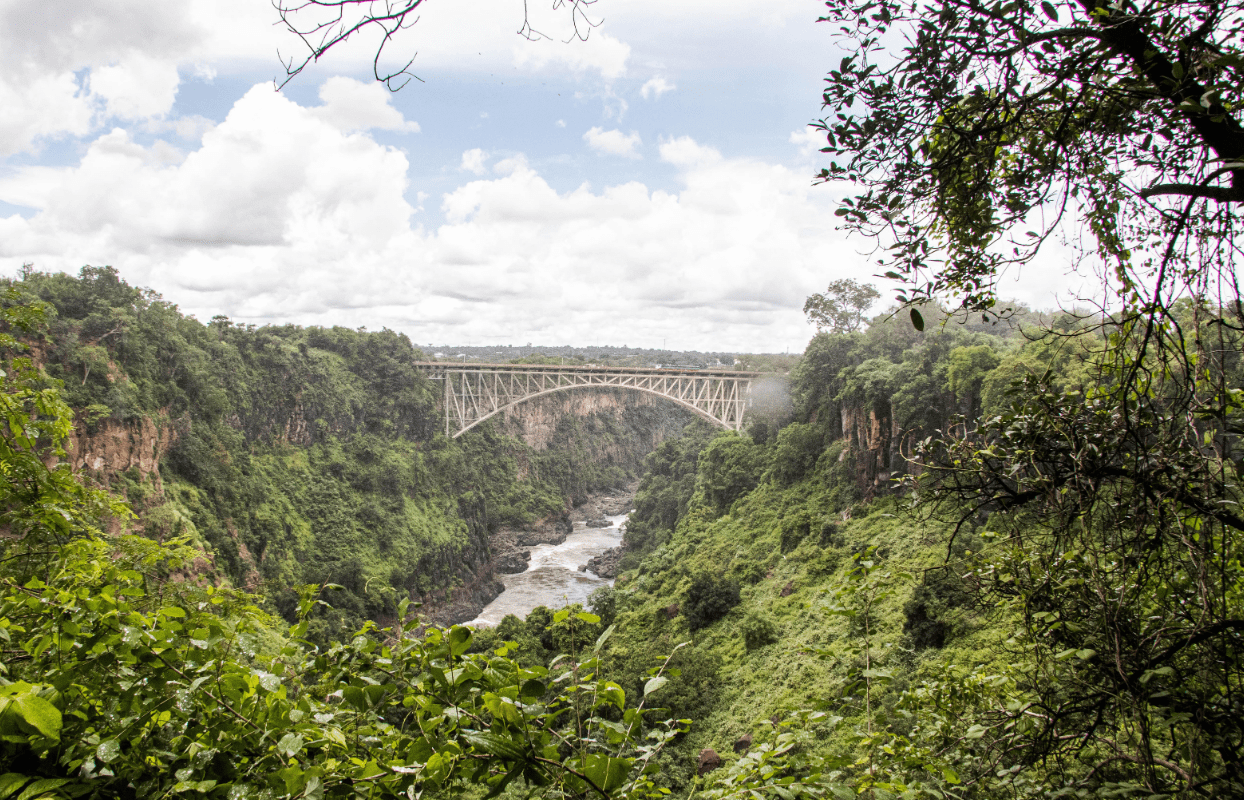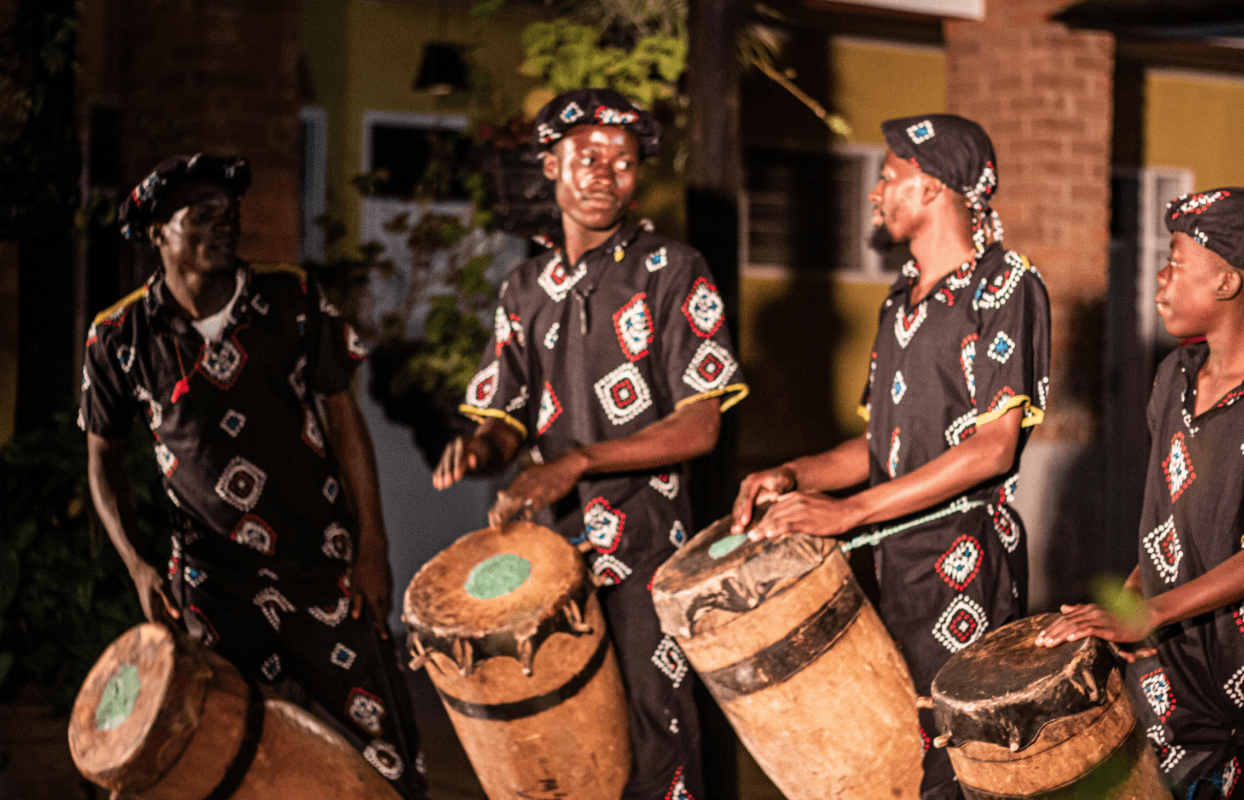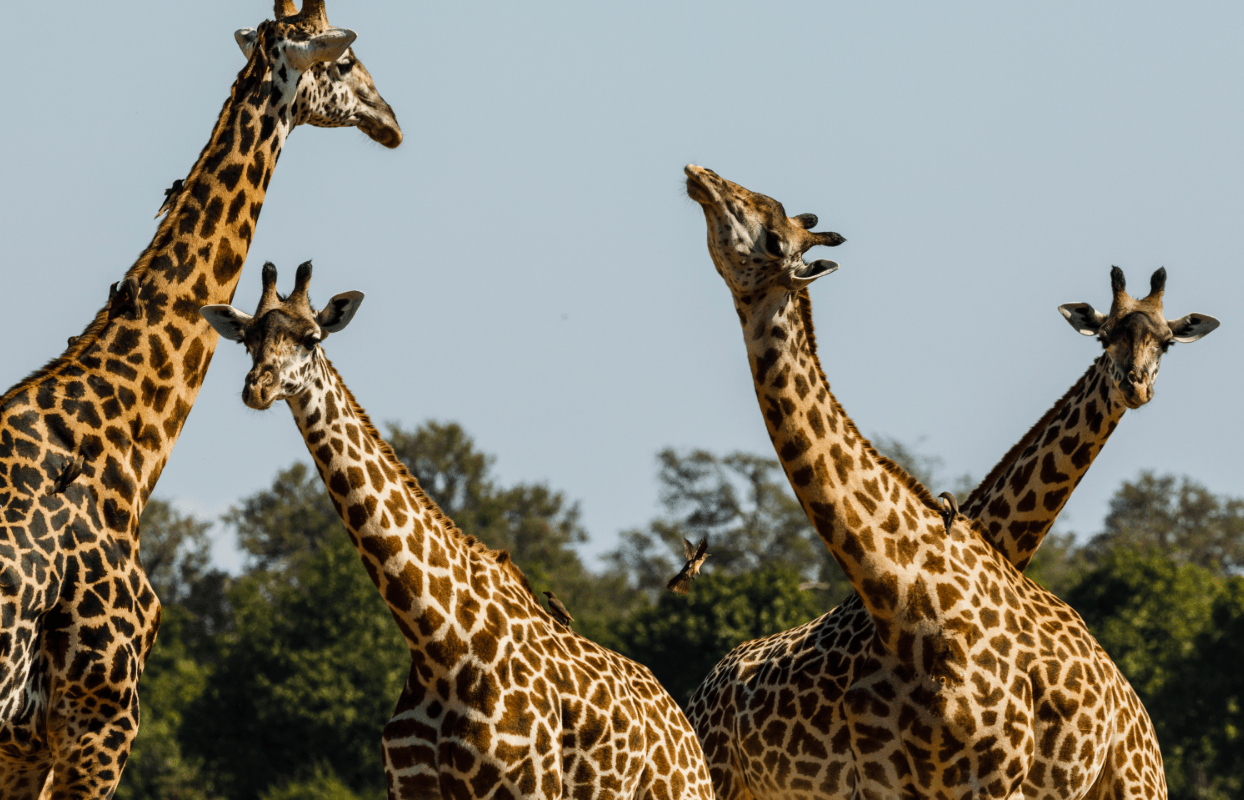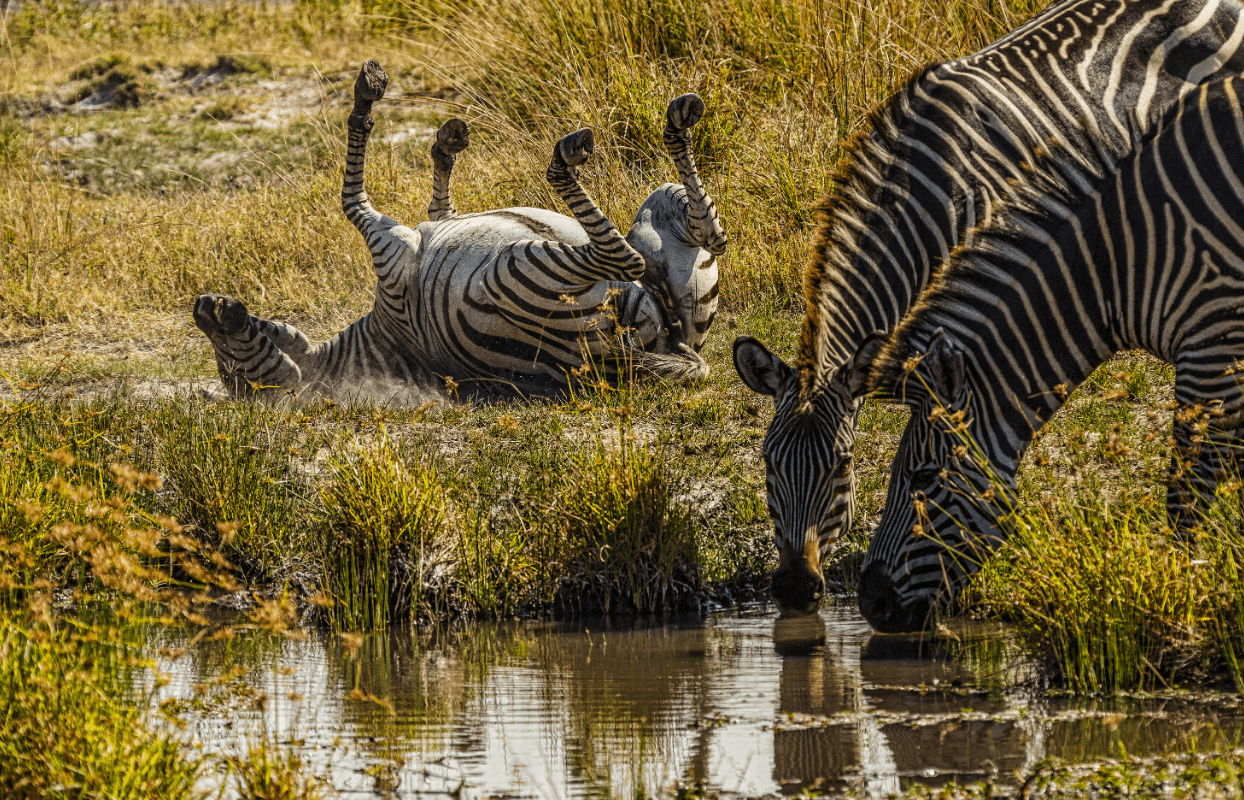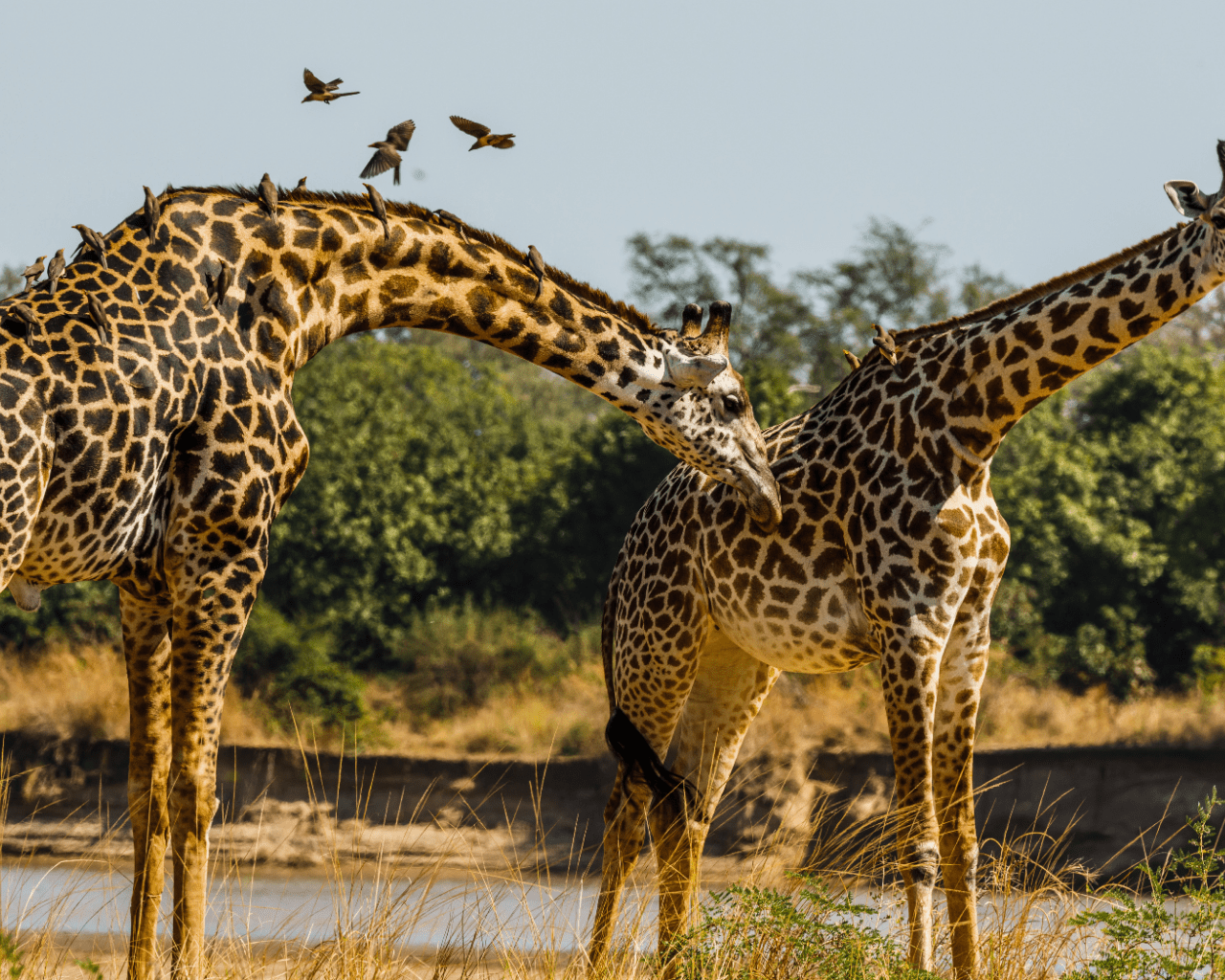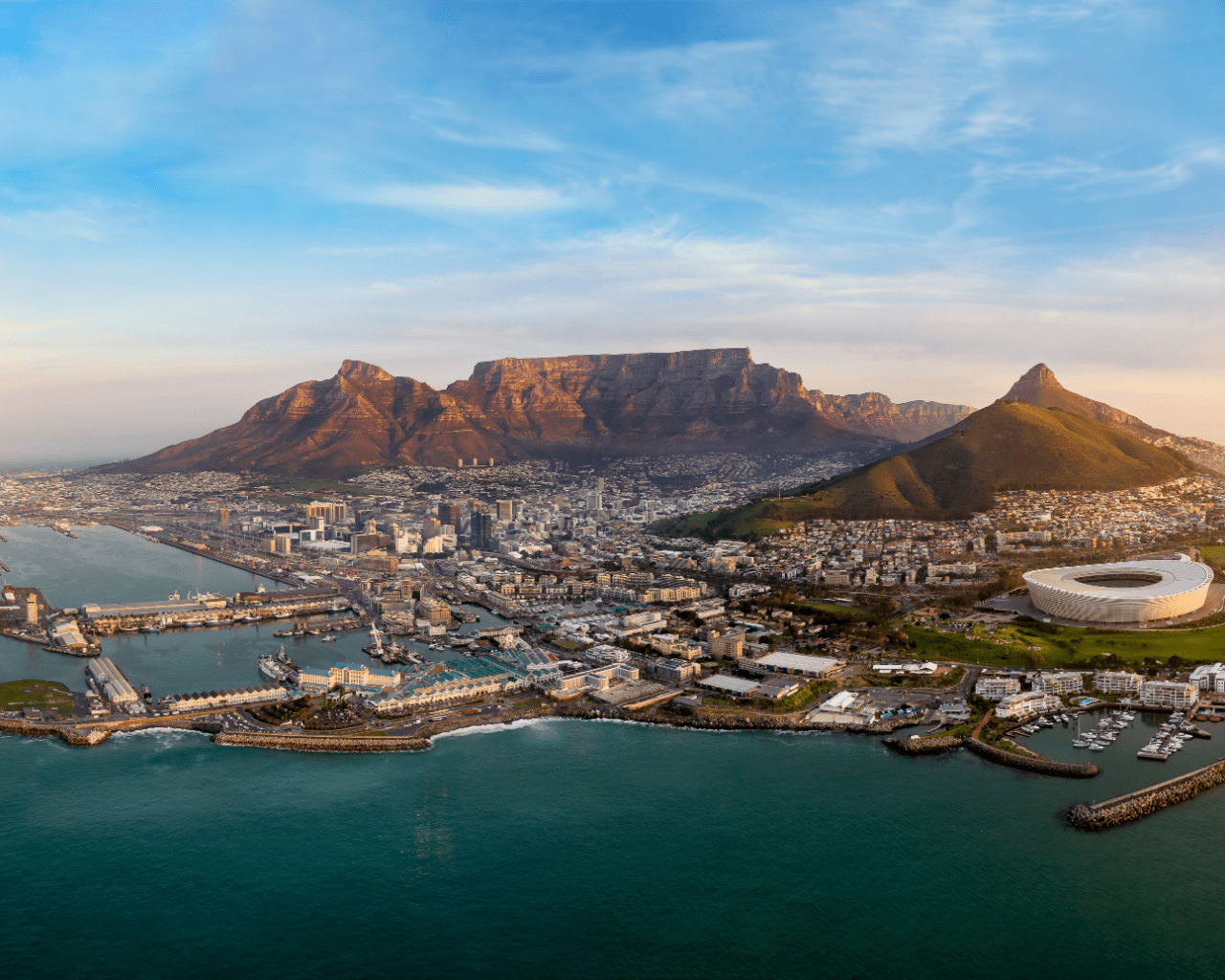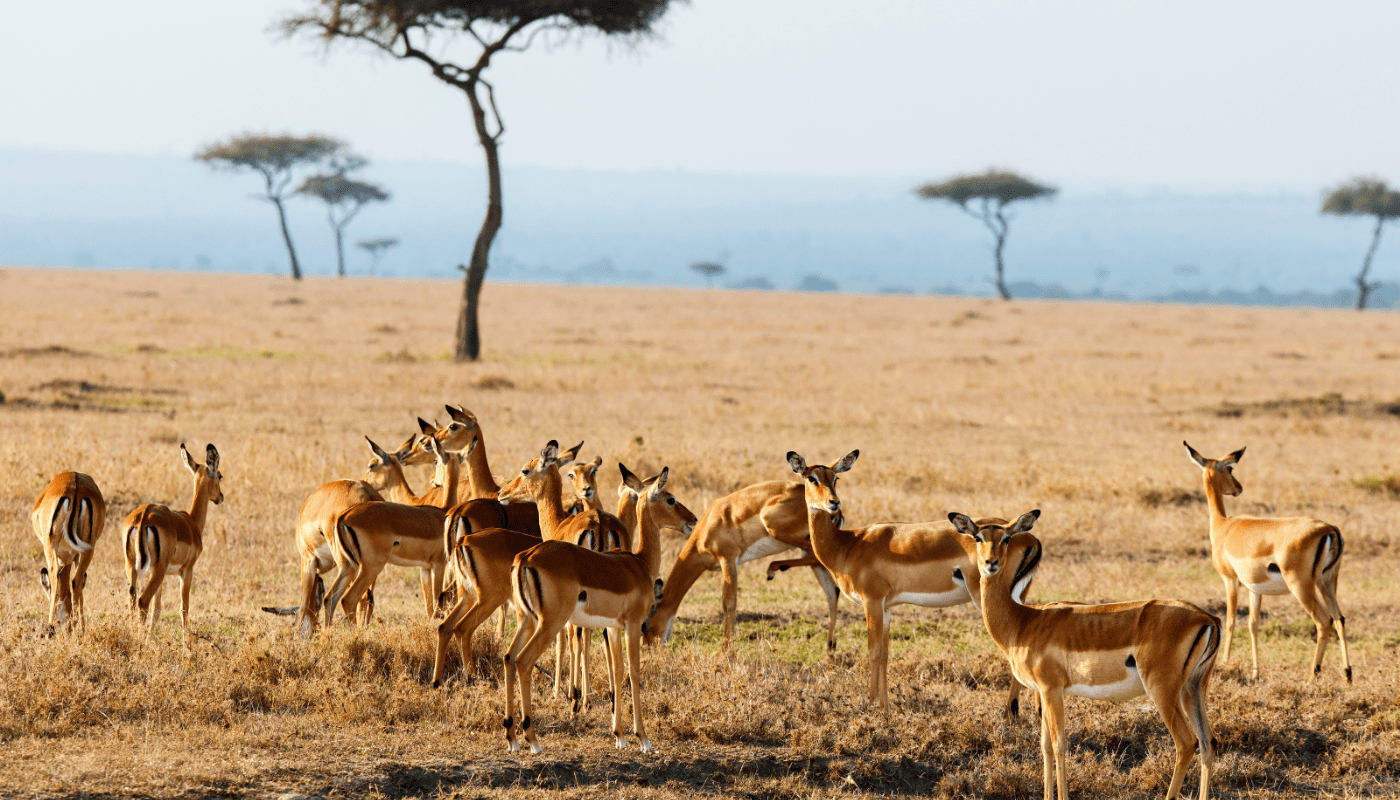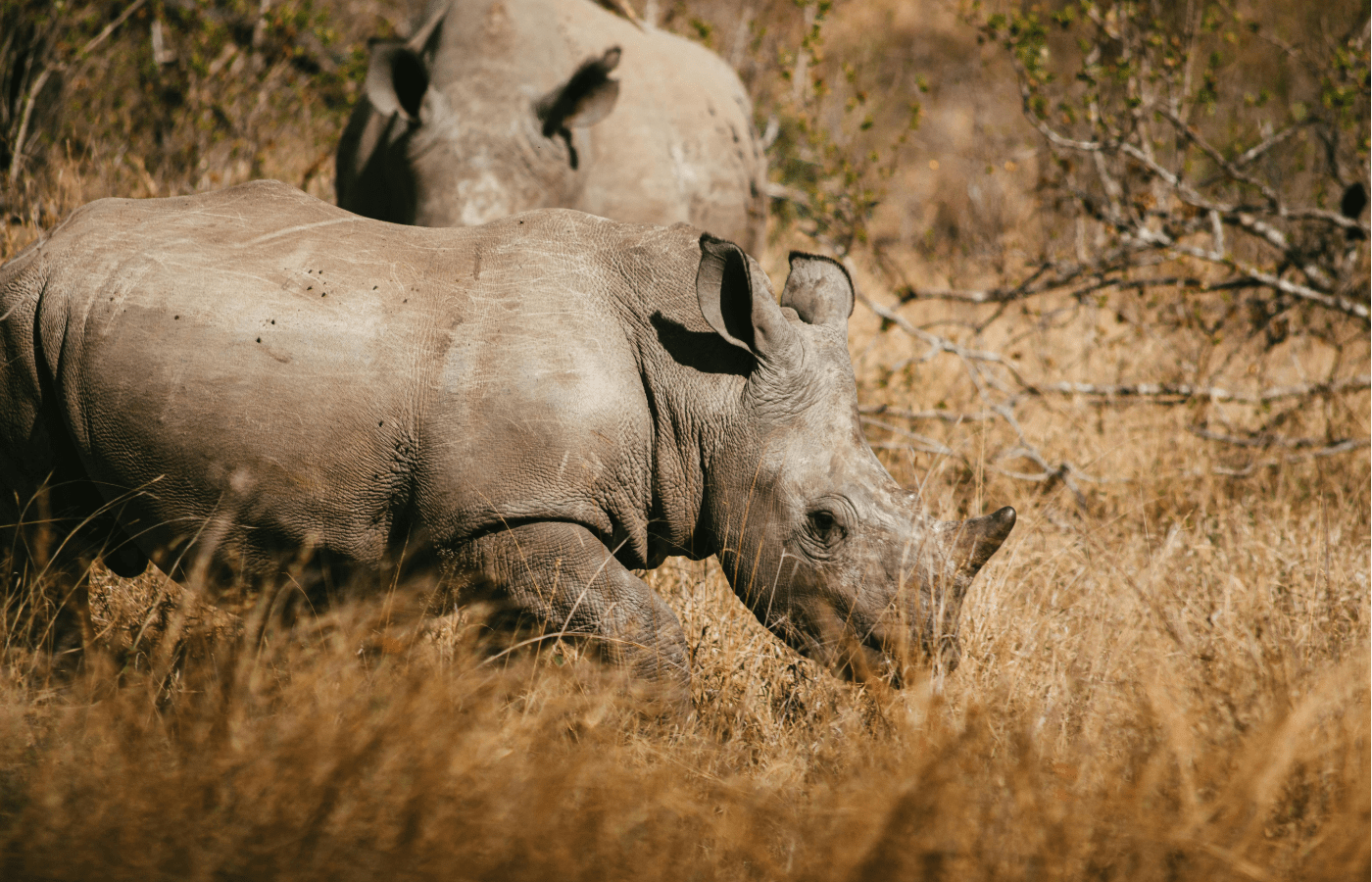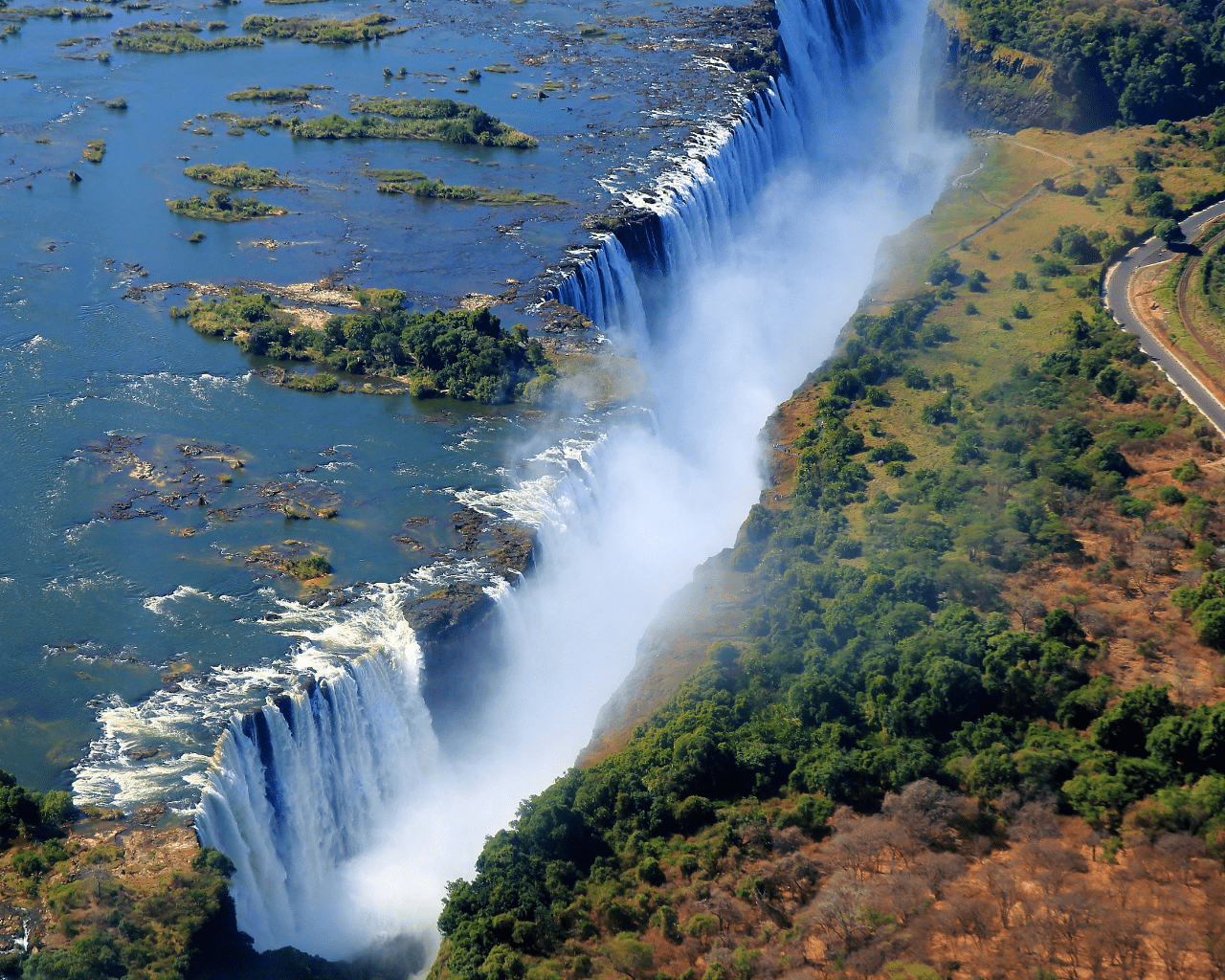
Why you should visit...
Zambia
Zambia unfolds as a realm of vast wilderness, cultural richness, and pioneering conservation. Often overshadowed by its iconic neighbour, this southern African gem invites travellers into landscapes where untamed rivers, ancient forests, and dramatic gorges shape a journey of discovery.
At the heart of Zambia’s appeal is the spectacular Victoria Falls, known locally as “Mosi-oa-Tunya”—The Smoke That Thunders. This UNESCO World Heritage marvel spans 1.7 km and plunges over 100 m, offering a thunderous ballet of water and mist that has spawned not only awe—but enduring legends. Visitors on the Zambian side can even step into Devil’s Pool (in low water season) for a pulse-racing perspective on this natural wonder.
Beyond the Falls, Zambia reveals a landscape stitched with shimmering rivers and expansive national parks. The South Luangwa, Kafue, and Lower Zambezi reserves stand as pillars of safari excellence—renowned for walking safaris, wildlife density, and conservation-led tourism. In these wild refuges, elephants wander forest trails, hippos gather beneath baobabs, and predators move with the elegance of choreography across water’s edge.
Self-drive expeditions here reveal Zambia’s mosaic of terrains. Rolling escarpments give way to floodplains, and gravel tracks wind past remote village markets offering woven crafts and roasted maize. This sense of freedom — paired with Zambia’s spirit of hospitality — transforms each route into cultural passage as much as it is a physical journey.
The pulse of Zambia’s travel industry is its commitment to sustainable tourism. Community-managed wildlife areas are not just conservation initiatives—they are foundations for rural empowerment, where lodges reinvest in education and healthcare. Many camps now operate off-grid, with solar power and low-impact construction that honour both environment and visitor.
Moreover, Zambia’s tourism economy is significant. In 2019, the sector contributed around 5.2–7.7 % to the nation’s GDP and supported nearly half a million jobs Nature-Based Tourism. Recovery after global travel disruptions continues—international arrivals and tourism infrastructure are growing, even as Zambia remains more tranquil than overcrowded safari destinations.
From the roar of cascading water at Victoria Falls to the serene heat of savannah plains, Zambia offers a profound shift in pace. It is where wildlife and wilderness coexist with cultural reverence, adventure meets conservation, and every moment holds possibility.
Peak Time
Jul - Oct
Best Time To Go
Year-round
Famous For
Victoria Falls
Price Per Person Sharing
$350 - $1250
Home Of
Safaris & Wilderness
Safaris that include Zambia
Raw Africa, Unfiltered Adventure Awaits
